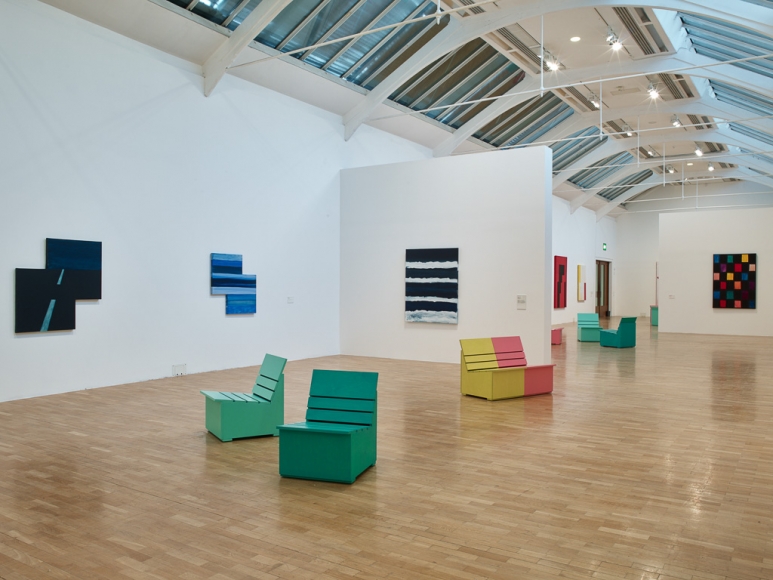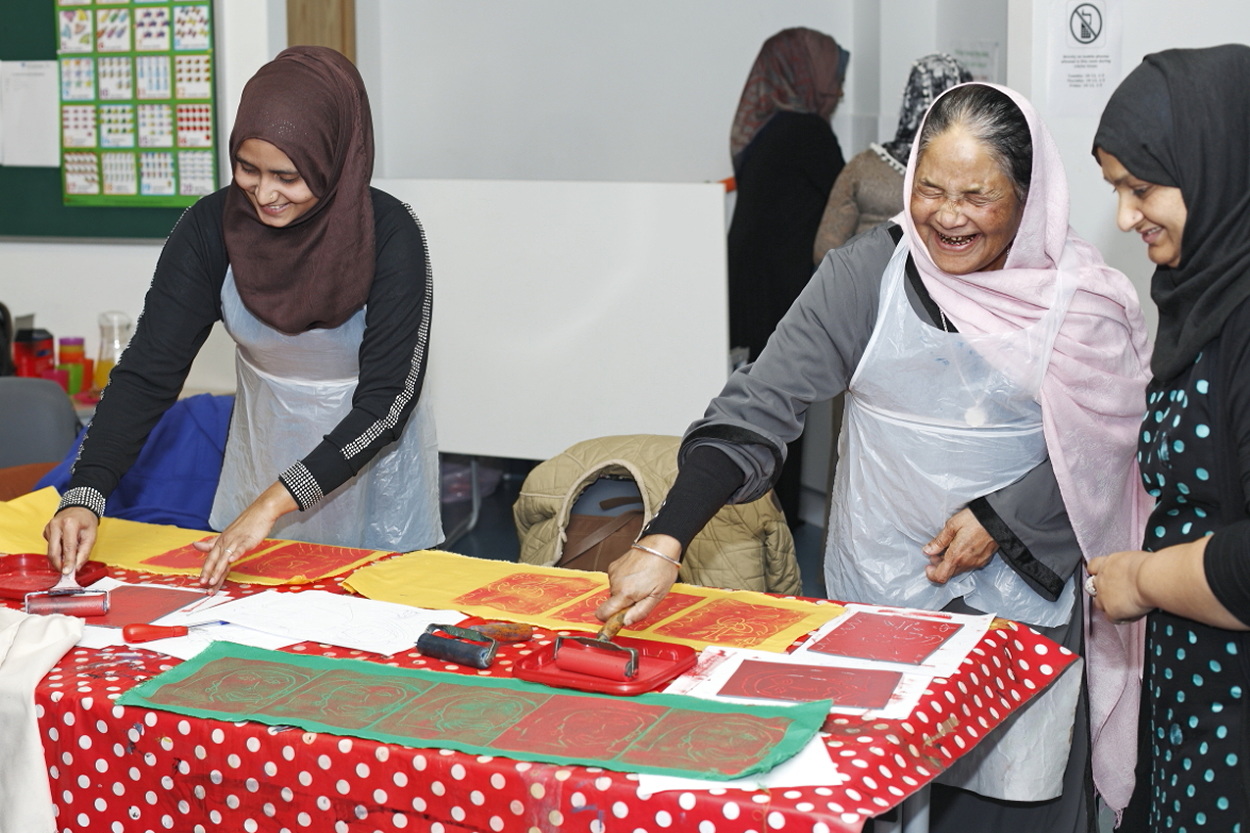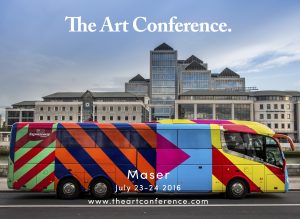I’m Ethan and over the next few weeks I will be interviewing a variety of different and interesting art people, try to understand and explore the art world.
FAD caught up with Darryl De Prez, Whitechapel Gallery’s Head of Development, to talk about what’s so unique and special about the gallery.

Mary Heilmann, currently showing at Whitechapel Gallery.
What is so special about Whitechapel Gallery?
One of its defining things is that it was purpose built as a public gallery. Built in 1901 the gallery has a very long history and was created specifically as a gallery to bring contemporary art to the public and to the people in the area of east London, which has always been, not so much now, a very poor area with lots of immigrants and lots of different communities. Over time, the gallery has shown really amazing artist for their first time in the UK: like Mark Rothko, Jasper Johns, and Picasso. Really major, major artists and it was all for the people here in East London. Since then it has expanded and now we have a global audience, but the gallery has been very innovative in that sense. It’s always kept that link with the communities and always carried on being really adventurous. It has a great following among artist as well and lots of artists see Whitechapel as their local gallery and are very committed to us as a space. Which I think also differentiates us.
What do you look for in artists to exhibit?
We always want to bring artists to the UK public for the time whenever possible. So someone who hasn’t had major exposure already in their career, certainly not in a public gallery arena like ours. So artists who haven’t had a big public show before. It’s about bringing things to an audience they haven’t seen before but also giving artist opportunities. We see ourselves as an almost trajectory progression for an artist in terms of their career. When emerging they would have smaller shows at galleries such as Chisenhale Gallery or Studio Voltaire, then in mid-career they would have a show here and then eventually they will be at the Tate and that would be their big retrospective. We see ourselves as having a place in this almost path for artists. We are also supporters of women artist and artists from different regions and countries from around the world that aren’t necessarily known over here, such as the Barjeel art exhibition going on now.
Engaging with the local community seems very important to the gallery. There are lots of events and programmes running alongside exhibitions. Could you talk a bit about that please?
Yes, it really is core to what we do. What we want is for the gallery to be very accessible to the local communities so they feel they can come in here and not be intimidated. We want them to engage with the exhibitions and feel like they can come and relax here. It is quite challenging as lots of the exhibitions we show are quite difficult for most people. A lot of contemporary art isn’t that accessible and we always look at ways to encourage people to come in by giving tours and family days but we also go to visit local schools and do lots of projects with artists. We’ve just done this really amazing project with City Gateway, which is a community organisation nearby working specifically with women, primarily from the Somali and Bangladeshi communities. Their real focus is on developing skills, things like learning English to help them gain employment. What we did was engage them with art and, while City Gateway does a lot of practical things, we took artists in to help them work on being creative and encourage them to come into the gallery and to engage in art and craft. They were creating and making in a way which they haven’t since they left their countries and came here, leaving behind lots of amazing traditions and skills. These practices which they had almost forgotten about they kind of rediscovered when working with artists. I mean, they learnt things like they improved their English and lots of other things as they did it, but it also gave them a lot of confidence and made them realise how important it is to have time just to be creative and just to enjoy themselves making things.
It’s interesting when you talk to lots of local communities, they’re not even confident to get on buses or public transport let alone walk into a gallery like this and feel like they can come in and see art. They just don’t do it so a lot of our job is going to them but also to encourage them to come to us. You don’t have to have a certain opinion or have to be educated about contemporary art, you can just get what they want from it and just enjoy the space. That’s very important to us.

Whitechapel Gallery and City of Gateway Project
How do you spread the word about what you do to the public?
Through as many avenues as possible. It’s always terribly difficult and we don’t have major funding for communications but we’re focusing a lot on digital media, like our website. We do a lot with the press, critical opinion is always very important, and when we can, and have the budget, with bigger shows we advertise in Timeout and the Guardian and sometimes have tube advertising with posters. We do legal fly posting when we can but more and more we are relying on digital media as it’s really important. So our websites becoming crucial, our visitor numbers are going up hugely actually, but also Facebook, Instagram, Twitter. Social media and spreading the word that way I think is really invaluable as that’s how I learn a lot of stuff now. You can send it there and if you have a group of loyal followers they will spread the word for you, so it’s kind of networking through using your supporters to spread the word. And of course we work with partner organisations and use our E-bulletins and all of those types of avenues.
77-82 Whitechapel High St London E1 7QX
Tube: Aldgate East / Liverpool Street




